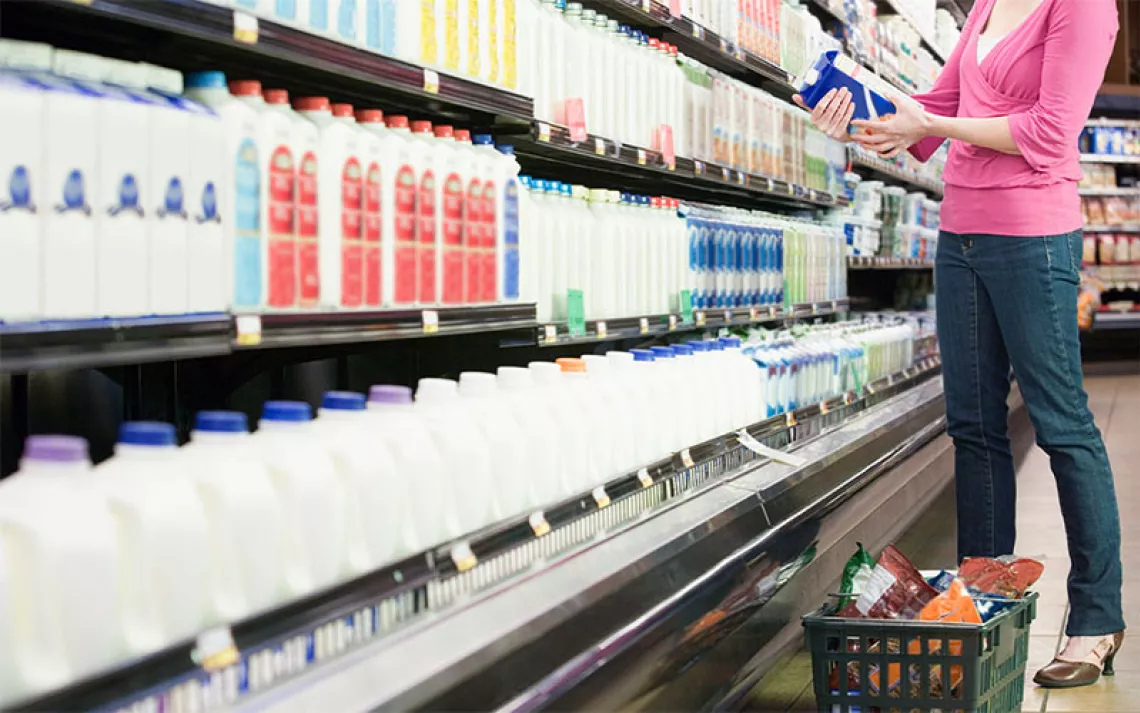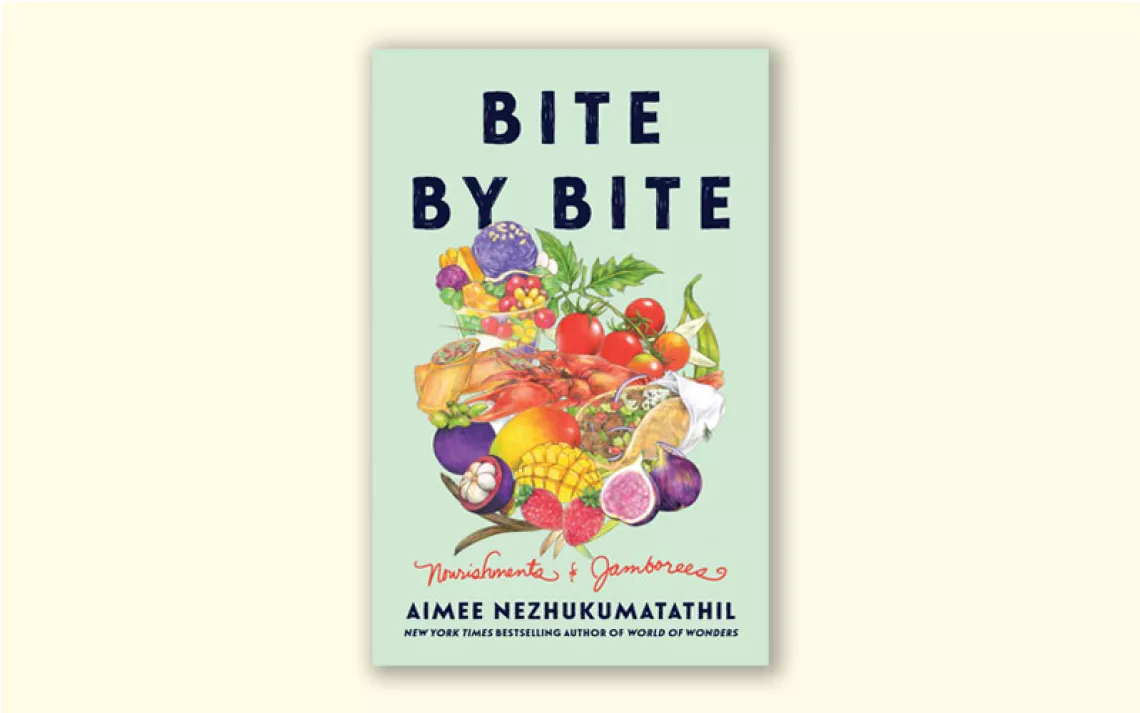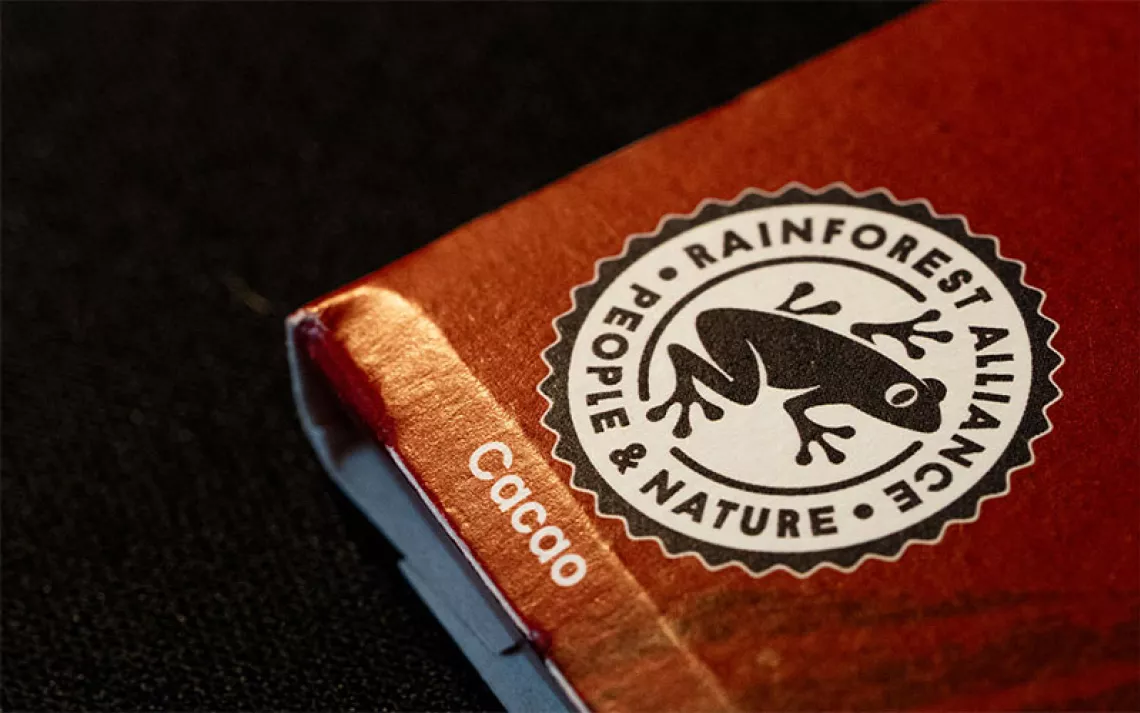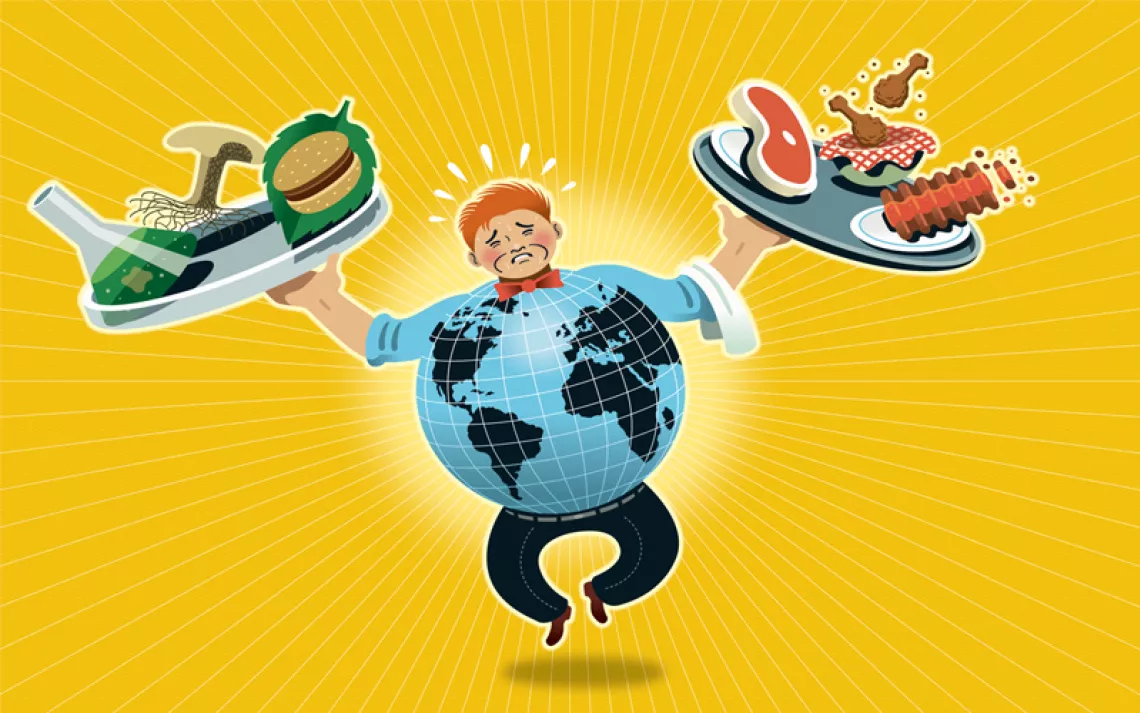What Is the Environmental Impact of Meal-Delivery Services?
Mr. Green delivers a surprising answer
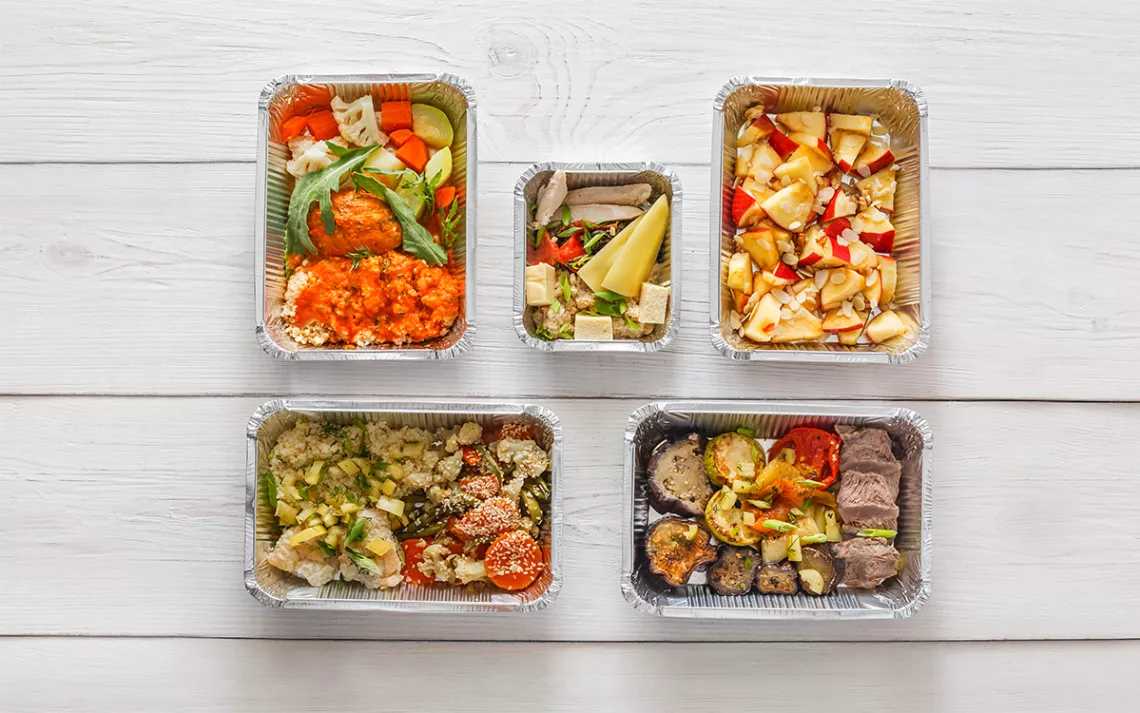
Photo by Milkos/iStock
Hey Mr. Green,
One selling point of meal-delivery services like Blue Apron is that they minimize food waste by sending correct proportions. Does this offset the environmental costs of the packaging and shipping of the ingredient boxes?
—Elizabeth in Waterford, Maine
Meal-delivery services do encourage people to conserve food, which is commendable: Consumers waste about 21 percent of the food they purchase, according to the USDA. But those services' packaging materials create a new set of problems. Most meal-delivery kits come with plastic-covered freezer packs to keep the food fresh. According to Mother Jones, Blue Apron piles up more than 190,000 tons in freezer-pack waste annually. The freezer packs are recyclable, but cleaning and recycling them is not always easy, and many recyclers do not want plastic bags.
The amount of carbon emissions generated by driving the meals to individual residences is also a problem. Blue Apron is trying to address that by placing its meal kits in grocery stores; other companies have begun to do the same. Blue Apron also says that it obtains food from family farms that use regenerative practices, does not sell meat raised with hormones or antibiotics, and serves only fish that meet the standards of the Monterey Bay Aquarium's Seafood Watch.
Some predict that meal kits will gross $10 billion in annual sales by 2020. That would challenge pizza delivery, which now accounts for $10 billion a year out of pizza's $44 billion in U.S. sales. Meanwhile, dedicated cheapskates like us will continue to figure out more ways to use food instead of tossing it out.
 The Magazine of The Sierra Club
The Magazine of The Sierra Club
